Home>Furniture & Design>Interior Design Trends>How To Tell If Glass Is Antique
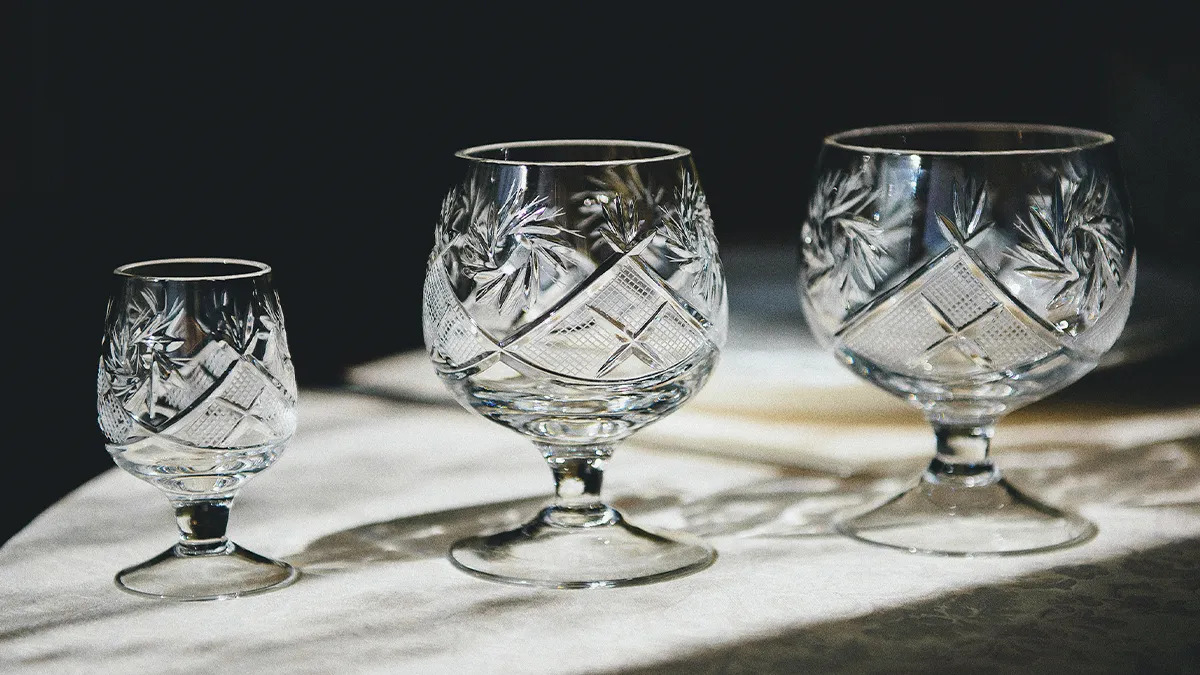

Interior Design Trends
How To Tell If Glass Is Antique
Modified: April 21, 2024
Learn how to identify antique glassware with our expert tips. Stay ahead of interior design trends with our guide. Discover the value of vintage glass.
(Many of the links in this article redirect to a specific reviewed product. Your purchase of these products through affiliate links helps to generate commission for Storables.com, at no extra cost. Learn more)
Introduction
Antique glass holds a timeless allure, captivating enthusiasts with its exquisite craftsmanship and historical significance. Whether you are an avid collector, a curious enthusiast, or simply drawn to the elegance of bygone eras, understanding the nuances of antique glass can be a fascinating journey. From the delicate intricacies of Victorian crystal to the vibrant hues of Depression-era glassware, each piece tells a story of artistry, culture, and craftsmanship.
In this comprehensive guide, we will delve into the captivating world of antique glass, exploring the hallmarks of different periods, the techniques employed by master artisans, and the key indicators that distinguish genuine antique glass from modern reproductions. By gaining insight into the characteristics and provenance of antique glass, you will be equipped to appreciate, evaluate, and potentially acquire these cherished pieces of history.
Join us as we embark on a journey through time, uncovering the secrets of antique glass and learning how to discern the telltale signs of age, authenticity, and enduring beauty. Whether you are an experienced collector seeking to expand your knowledge or a newcomer intrigued by the allure of antique glass, this guide will provide valuable insights and practical tips to enhance your appreciation of these timeless treasures.
Key Takeaways:
- Antique glass reflects history, artistry, and cultural influences, offering a captivating journey through time. Understanding its nuances enhances appreciation and fosters a deeper connection to enduring beauty.
- Recognizing signs of age and wear in antique glass adds layers of character and authenticity, enriching the narrative of its journey through time and captivating admirers worldwide.
Read more: What Antique Glass Is Valuable
Understanding Antique Glass
Antique glass encompasses a rich tapestry of styles, techniques, and historical significance, reflecting the artistry and cultural influences of bygone eras. Understanding the nuances of antique glass involves delving into the diverse periods and styles that have shaped its evolution.
1. Historical Context
Antique glass spans a wide array of periods, including the elegant opulence of the Victorian era, the vibrant hues of Depression-era glassware, and the sleek modernism of mid-century designs. Each period is characterized by distinct styles, materials, and techniques, offering a glimpse into the prevailing aesthetics and societal influences of the time.
2. Artisanal Techniques
Master artisans employed a myriad of techniques to create antique glass, including hand-blown, pressed, cut, and etched methods. These techniques resulted in a stunning array of textures, patterns, and forms, showcasing the unparalleled skill and creativity of the craftsmen.
3. Styles and Characteristics
Antique glass encompasses a diverse range of styles, from the intricate cut crystal of the 19th century to the bold, geometric designs of Art Deco glassware. Each style exhibits unique characteristics, such as delicate filigree work, vibrant colors, and intricate motifs, reflecting the prevailing design trends and artistic sensibilities of the era.
Read more: How To Tell If Glass Is Laminated
4. Cultural Significance
Beyond their aesthetic appeal, antique glass pieces often hold cultural and historical significance. They may serve as tangible artifacts of a particular period, offering insights into the lifestyles, customs, and technological advancements of the time. Whether it's a delicate perfume bottle or a majestic chandelier, antique glass pieces are imbued with the stories of the past, making them cherished relics of bygone eras.
5. Collectibility and Appreciation
The allure of antique glass extends beyond its visual appeal, as collectors and enthusiasts are drawn to the historical, artistic, and sentimental value of these pieces. Whether displayed as ornamental accents or utilized for their intended purpose, antique glass pieces evoke a sense of nostalgia and appreciation for the craftsmanship and artistry of yesteryears.
By delving into the historical context, artisanal techniques, styles, cultural significance, and collectibility of antique glass, enthusiasts can gain a deeper appreciation for these timeless treasures. This understanding forms the foundation for discerning the authenticity, value, and enduring allure of antique glass, enriching the experience of collectors and admirers alike.
Identifying Antique Glass
Identifying antique glass involves a keen eye for detail, an understanding of historical context, and a familiarity with the distinctive characteristics of different periods and styles. Whether you are examining a delicate crystal vase or a vibrant piece of Depression-era glassware, several key factors can help discern genuine antique glass from modern reproductions or contemporary designs.
-
Materials and Techniques: Antique glass is often distinguished by the materials used and the artisanal techniques employed in its creation. For instance, early antique glass pieces were typically hand-blown, resulting in subtle irregularities and imperfections that reflect the craftsmanship of skilled artisans. Additionally, certain periods and styles may be associated with specific materials, such as the opulent lead crystal of the Victorian era or the colorful pressed glass of the Depression era.
-
Style and Design: Each period in the history of glassmaking is characterized by distinct styles and design elements. For example, the intricate cut and engraved patterns of Victorian crystal, the bold geometric motifs of Art Deco glassware, and the vibrant, whimsical designs of mid-century glass reflect the prevailing aesthetics and design trends of their respective eras. By familiarizing oneself with the stylistic nuances of different periods, one can better identify and appreciate the unique attributes of antique glass.
-
Markings and Signatures: Many antique glass pieces bear markings, signatures, or labels that provide valuable clues about their origins and authenticity. These may include manufacturer's marks, artist signatures, or original labels indicating the glassmaker, designer, or provenance of the piece. Careful examination of such markings can offer insights into the history and provenance of the glass, aiding in its identification and authentication.
-
Color and Patina: The color and patina of antique glass can also offer valuable indicators of its age and authenticity. Certain types of glass, such as uranium glass or carnival glass, exhibit distinctive hues and iridescence that are characteristic of specific periods and production techniques. Additionally, the natural aging and patina that develop over time can further authenticate the antiquity of a glass piece, adding to its allure and historical significance.
By honing one's ability to recognize the materials, techniques, styles, markings, and patina of antique glass, enthusiasts and collectors can confidently identify and appreciate these timeless treasures. This discernment not only enhances the enjoyment of antique glass but also facilitates informed decision-making when acquiring or evaluating these cherished pieces of history.
Signs of Age and Wear
Signs of age and wear are integral aspects of authenticating antique glass, offering valuable insights into the history, provenance, and enduring allure of these timeless treasures. From subtle imperfections that bear witness to the handcrafted nature of early glass pieces to the patina and wear that reflect decades or even centuries of use, the signs of age and wear in antique glass serve as tangible testaments to their authenticity and historical significance.
-
Patina and Oxidation: Over time, antique glass develops a natural patina and oxidation, imparting a soft, mellow sheen that is characteristic of aged glassware. This patina may manifest as a delicate cloudiness on the surface of the glass or as subtle iridescence, particularly in the case of iridescent or carnival glass. These nuanced changes in appearance not only add to the aesthetic appeal of antique glass but also serve as indicators of its age and authenticity.
-
Surface Imperfections: Hand-blown and early molded glass pieces often exhibit charming surface imperfections, such as tiny bubbles, ripples, or irregularities that result from the artisanal nature of their creation. These imperfections, far from detracting from the beauty of antique glass, actually enhance its allure by bearing witness to the meticulous craftsmanship and artistry of the glassmakers. By discerning these subtle imperfections, collectors and enthusiasts can gain a deeper appreciation for the unique character and authenticity of antique glass.
-
Wear Patterns: The wear patterns on antique glass can offer valuable clues about its history and usage. For instance, the base of a glass decanter may show signs of wear from years of resting on surfaces, while the rims of drinking glasses may exhibit gentle abrasions from countless toasts and gatherings. These wear patterns, when examined thoughtfully, provide a glimpse into the lives and experiences that antique glass has witnessed, adding a layer of historical significance to these cherished pieces.
-
Faint Scratches and Tool Marks: Antique glass pieces may bear faint scratches, tool marks, or abrasions that are indicative of their age and the techniques used in their production. These subtle marks, often imperceptible to the untrained eye, offer tangible evidence of the handcrafted nature of antique glass, underscoring the skill and artistry of the artisans who meticulously shaped and finished each piece.
By recognizing and appreciating the signs of age and wear in antique glass, collectors and enthusiasts can deepen their understanding of these enduring treasures, forging a meaningful connection with the history, craftsmanship, and timeless beauty encapsulated within each piece. These signs not only authenticate the age and authenticity of antique glass but also enrich the narrative of its journey through time, from the hands of skilled artisans to the present day, where it continues to captivate and inspire admirers around the world.
Read more: How To Tell If Glass Is Tempered
Expert Appraisal and Authentication
Expert appraisal and authentication play pivotal roles in the discernment of antique glass, offering invaluable insights and validation of the age, provenance, and authenticity of these cherished pieces. Engaging the expertise of qualified appraisers and authentication specialists is essential for collectors and enthusiasts seeking to acquire, evaluate, or gain a deeper understanding of antique glass.
-
Professional Appraisal: A professional appraisal involves the meticulous examination and assessment of antique glass by qualified experts with in-depth knowledge of historical glassmaking techniques, styles, and periods. Appraisers utilize their expertise to evaluate the materials, craftsmanship, provenance, and condition of antique glass, providing comprehensive insights into its historical significance and market value.
-
Authentication Process: The authentication process entails thorough scrutiny of the glass piece, including its materials, construction, markings, and stylistic attributes, to ascertain its authenticity and provenance. Authentication specialists leverage their expertise in identifying genuine antique glass, distinguishing it from modern reproductions or forgeries, and validating its place within the historical context of glassmaking.
-
Documentation and Provenance: Expert appraisal and authentication often result in the documentation of key details, including the glassmaker, designer, period, and any pertinent historical or provenance-related information. This documentation serves as a valuable record of the glass piece's authenticity and provenance, enhancing its desirability and providing assurance to collectors and buyers.
-
Market Insights and Valuation: Appraisal and authentication professionals offer valuable market insights and valuation assessments, enabling collectors to make informed decisions regarding the acquisition, sale, or insurance of antique glass. Their expertise in assessing market trends, rarity, and historical significance contributes to a comprehensive understanding of the value and desirability of antique glass pieces.
-
Preservation and Care Recommendations: In addition to appraisal and authentication, experts often provide recommendations for the preservation and care of antique glass, guiding collectors on best practices for display, storage, and maintenance. These insights contribute to the long-term enjoyment and preservation of antique glass, ensuring its enduring beauty for future generations.
By engaging the services of qualified appraisers and authentication specialists, collectors and enthusiasts can gain a deeper appreciation for the historical, artistic, and monetary value of antique glass. The expertise and insights provided by these professionals not only authenticate the authenticity and provenance of antique glass but also enrich the overall experience of collecting, preserving, and celebrating these timeless treasures.
Conclusion
In conclusion, the world of antique glass is a captivating realm where history, artistry, and timeless beauty converge. Through this comprehensive guide, we have embarked on a journey through the rich tapestry of antique glass, exploring its historical context, artisanal techniques, identifying markers of authenticity, signs of age and wear, and the pivotal role of expert appraisal and authentication. By delving into the nuances of antique glass, enthusiasts and collectors gain a deeper appreciation for these cherished pieces, each of which serves as a tangible link to the past.
The understanding of antique glass extends beyond its aesthetic allure, encompassing the cultural and historical significance embedded within each piece. From the opulent crystal of the Victorian era to the vibrant hues of Depression-era glassware, every period and style reflects the prevailing artistic sensibilities and societal influences, offering a window into the past. By recognizing the materials, techniques, styles, and markings of antique glass, enthusiasts can confidently identify and appreciate these timeless treasures, fostering a deeper connection to their enduring allure.
Moreover, the signs of age and wear in antique glass serve as tangible testaments to their authenticity and historical significance. The natural patina, surface imperfections, wear patterns, and faint scratches bear witness to the handcrafted nature of antique glass, adding layers of character and authenticity. These signs not only authenticate the age and provenance of antique glass but also enrich the narrative of its journey through time, from the hands of skilled artisans to the present day, where it continues to captivate and inspire admirers around the world.
Furthermore, the expertise of qualified appraisers and authentication specialists plays a pivotal role in the discernment of antique glass, offering invaluable insights and validation of the age, provenance, and authenticity of these cherished pieces. Through professional appraisal, authentication processes, documentation of provenance, market insights, and preservation recommendations, collectors and enthusiasts are equipped with a comprehensive understanding of the historical, artistic, and monetary value of antique glass.
In essence, antique glass transcends its utilitarian function, serving as tangible artifacts of bygone eras and testaments to the skill, artistry, and cultural influences of master artisans. By immersing oneself in the world of antique glass, one not only gains a deeper appreciation for its enduring beauty but also becomes a custodian of history, preserving these timeless treasures for future generations to cherish and admire.
Frequently Asked Questions about How To Tell If Glass Is Antique
Was this page helpful?
At Storables.com, we guarantee accurate and reliable information. Our content, validated by Expert Board Contributors, is crafted following stringent Editorial Policies. We're committed to providing you with well-researched, expert-backed insights for all your informational needs.
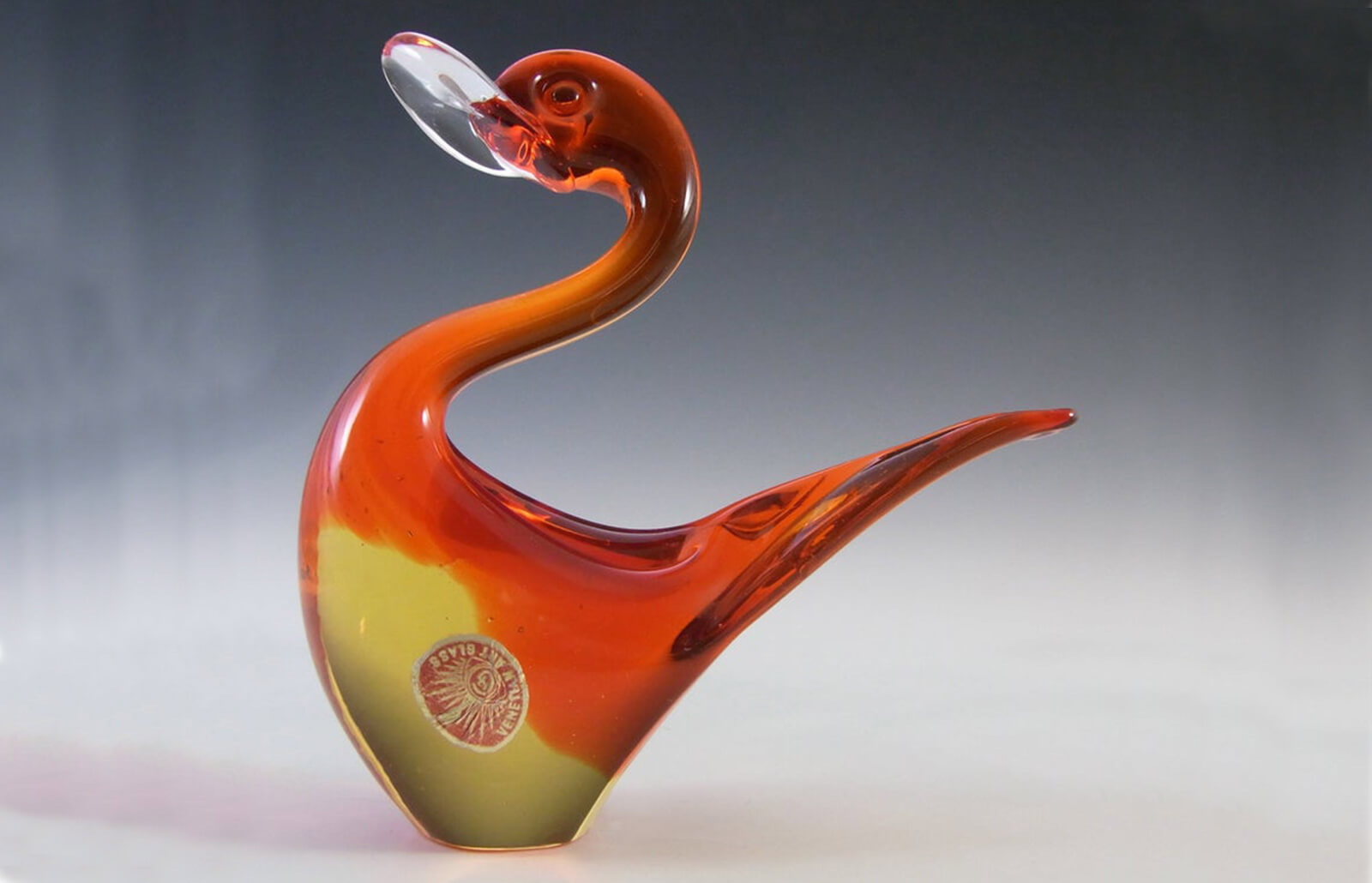

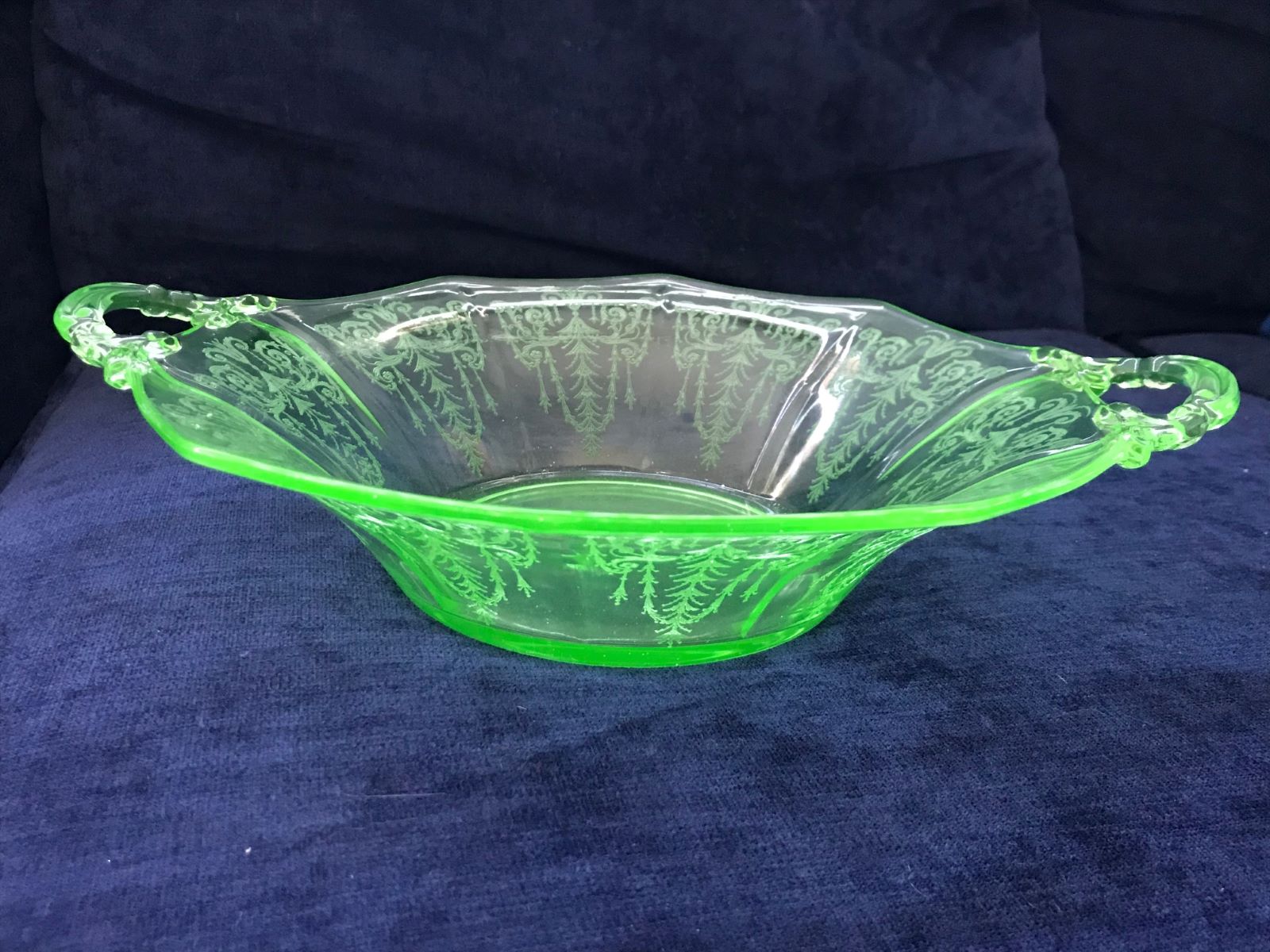

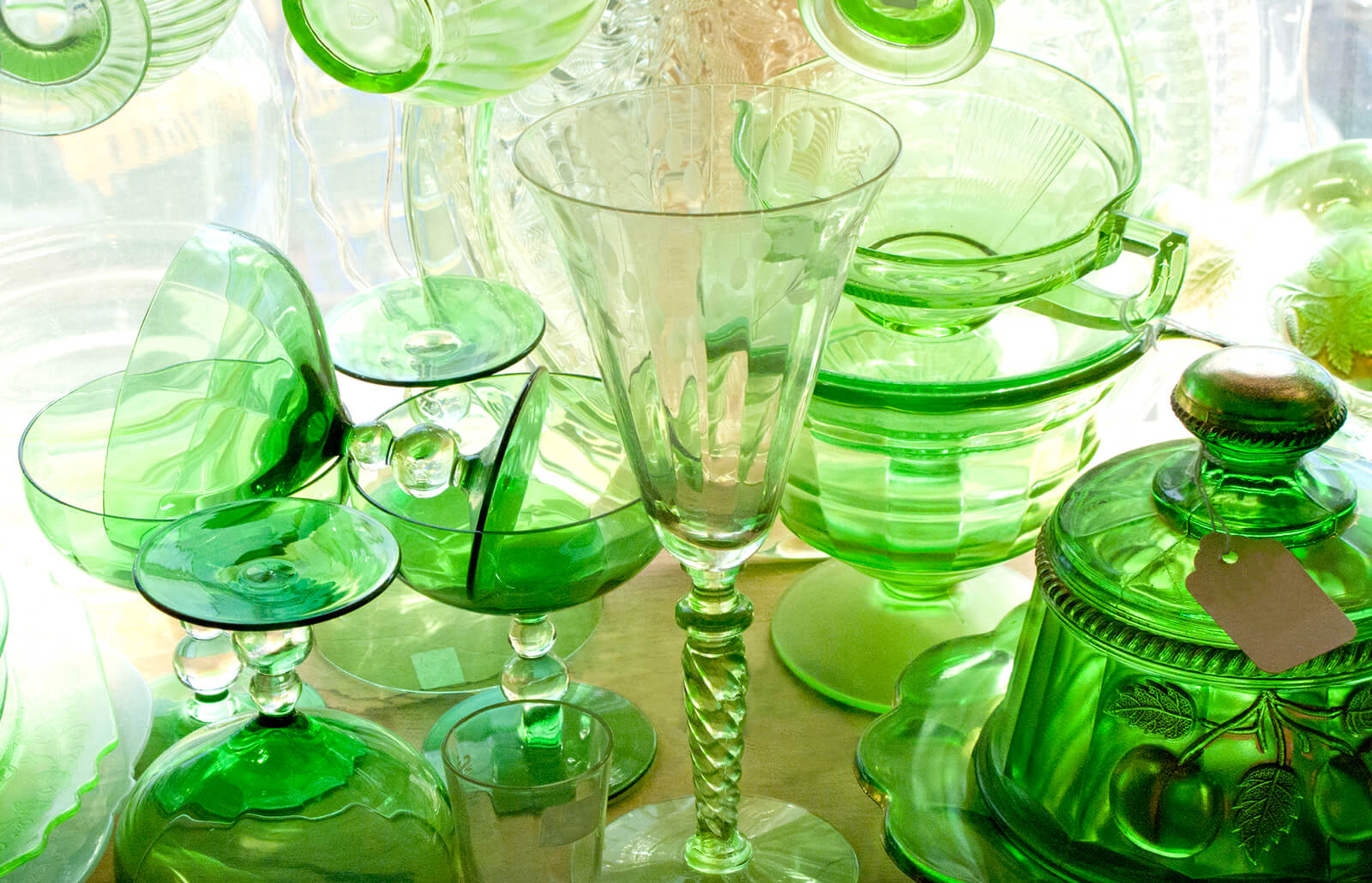
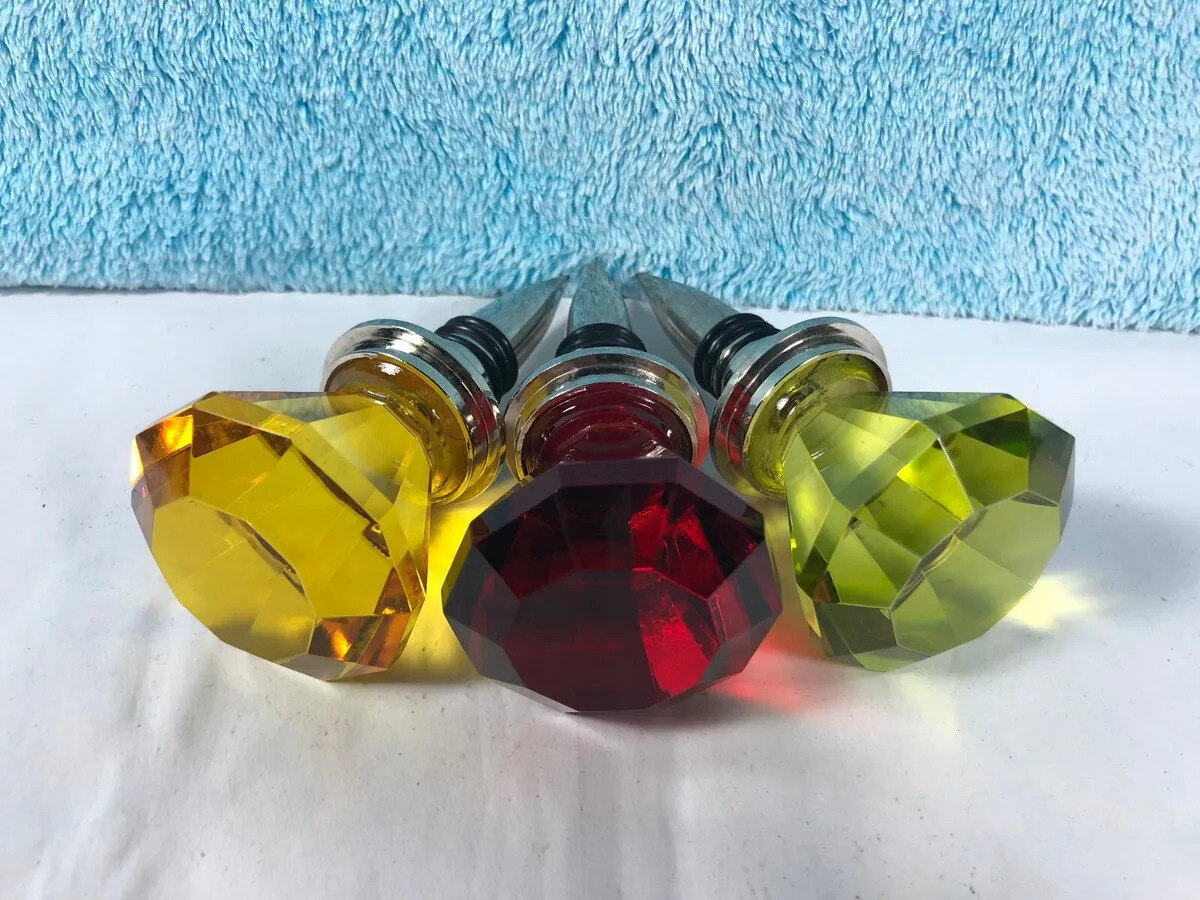
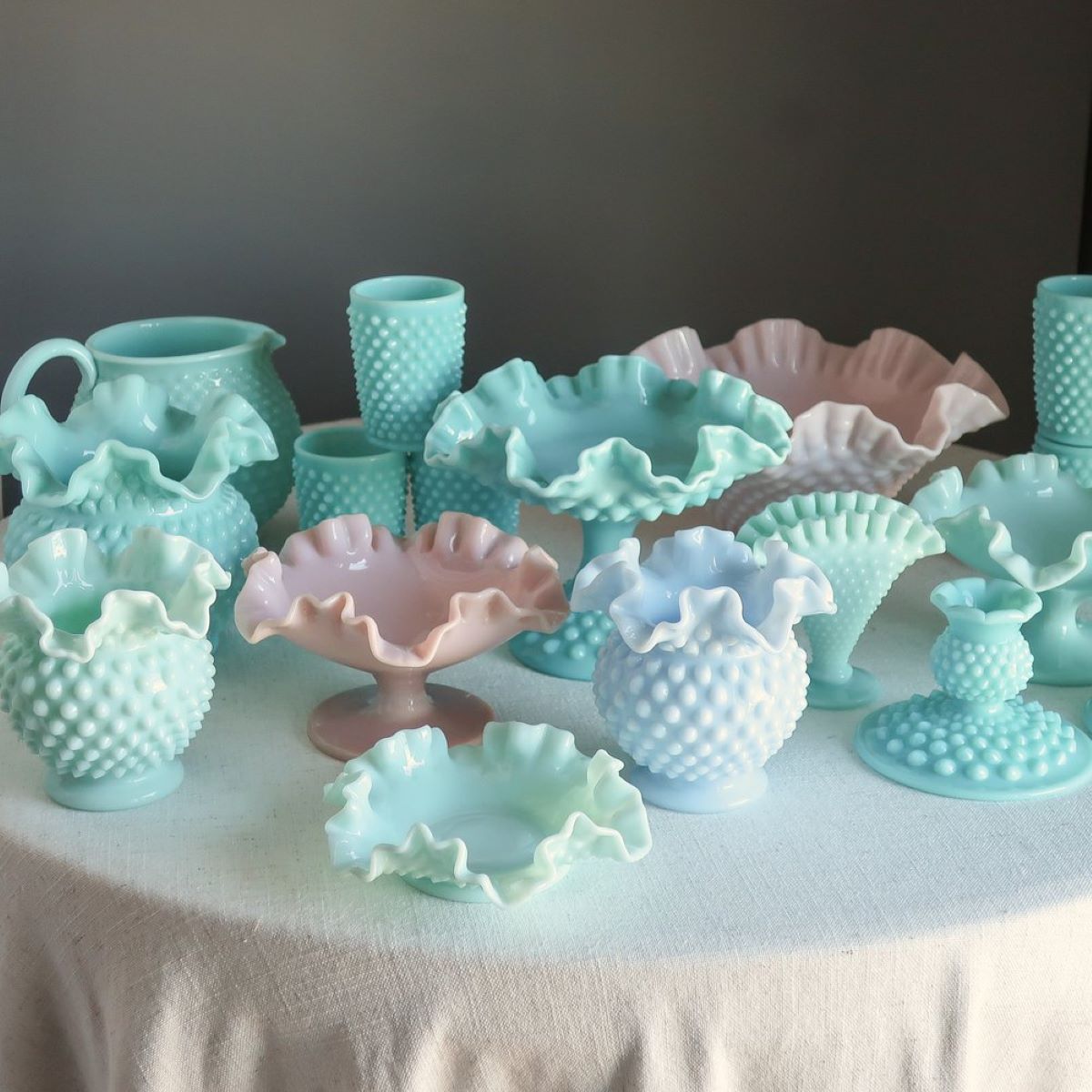
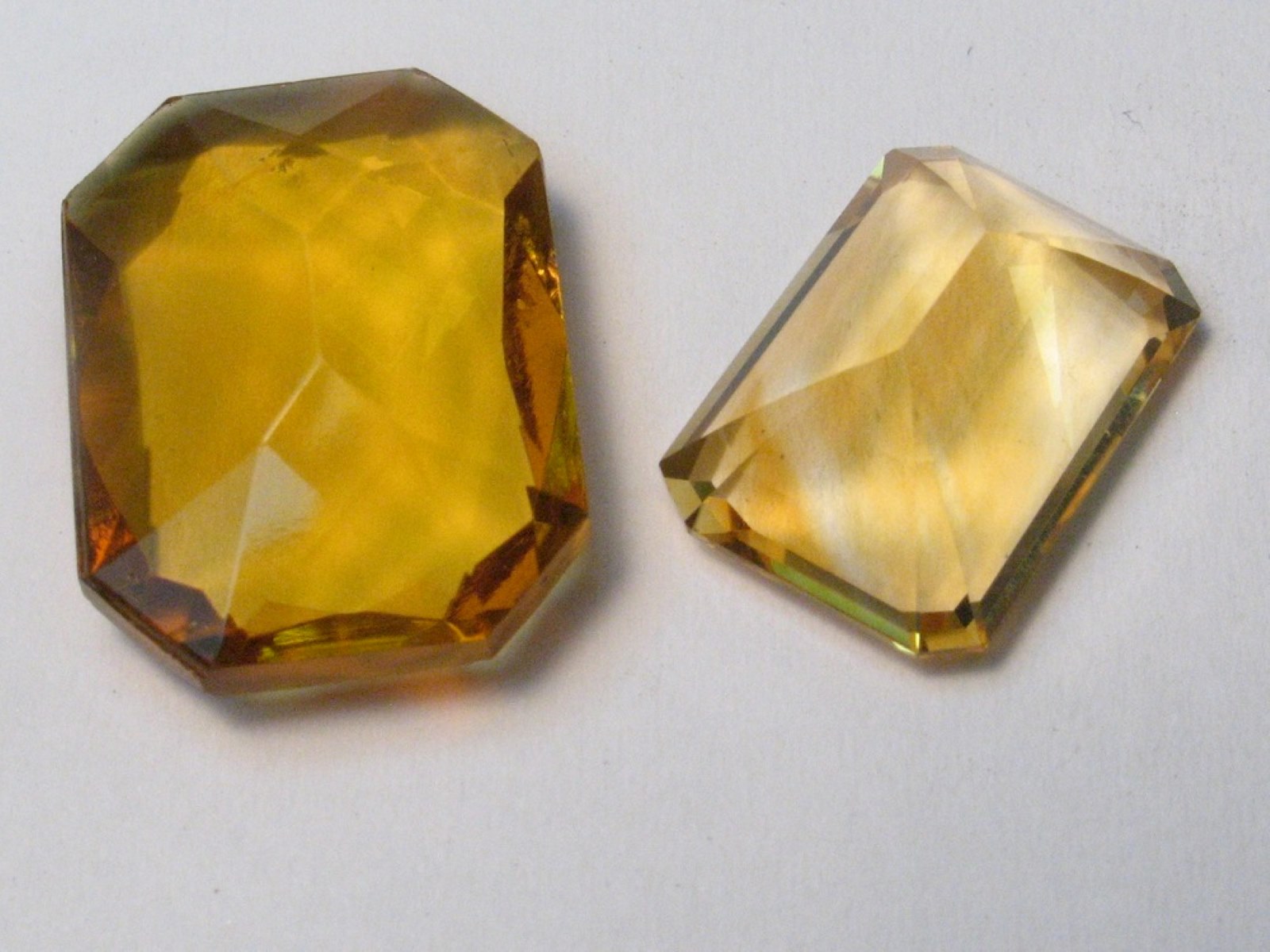
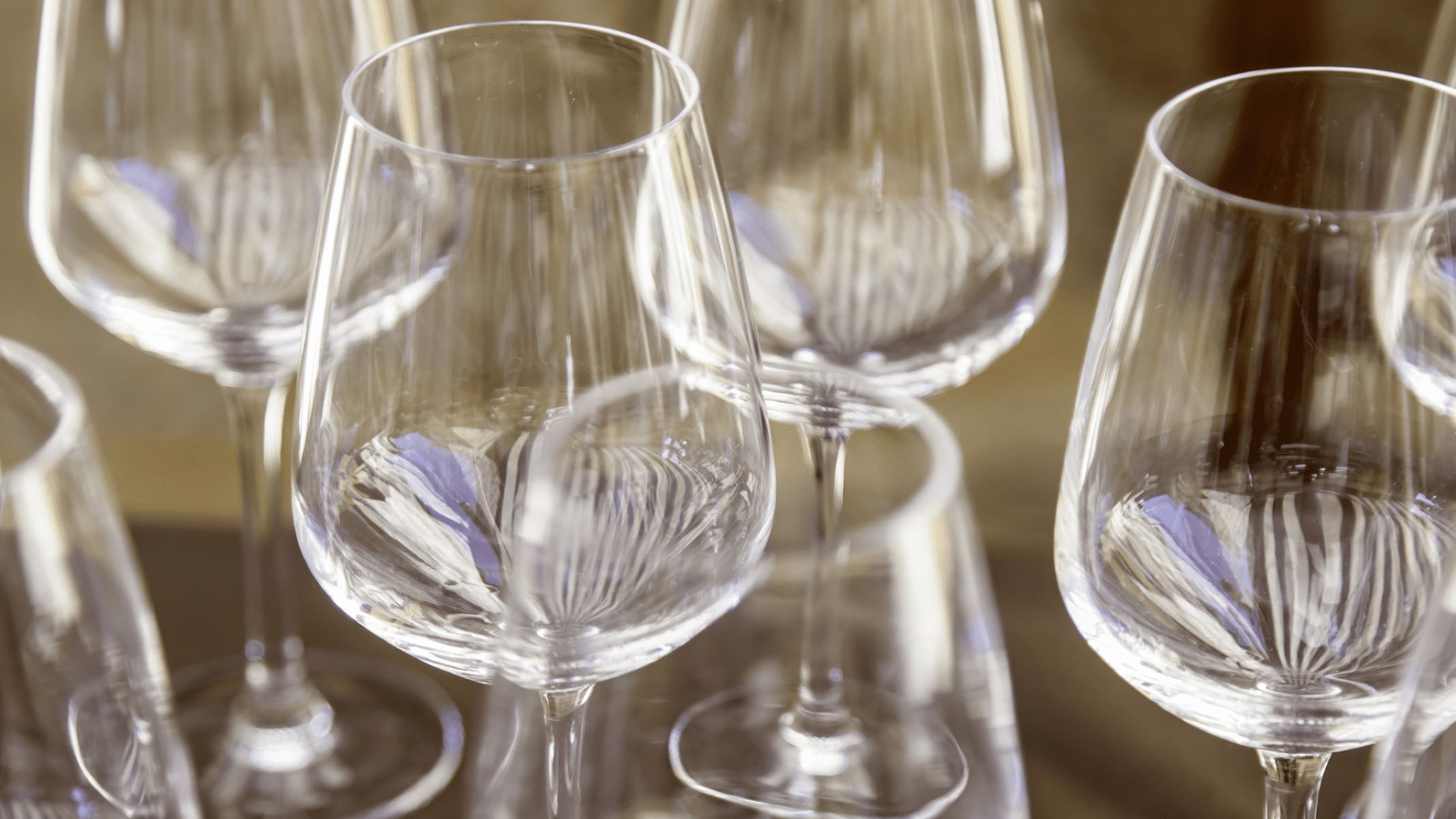
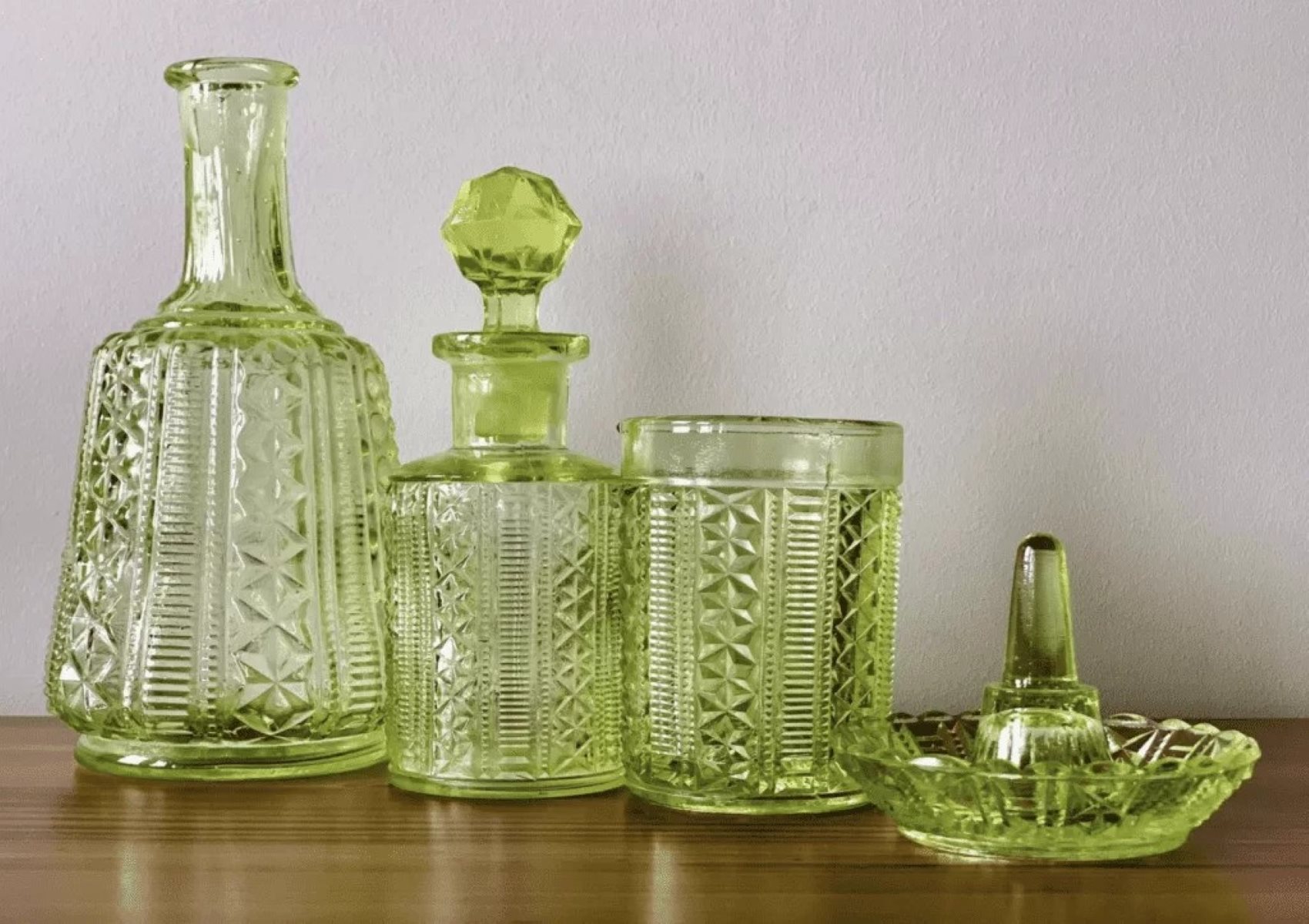
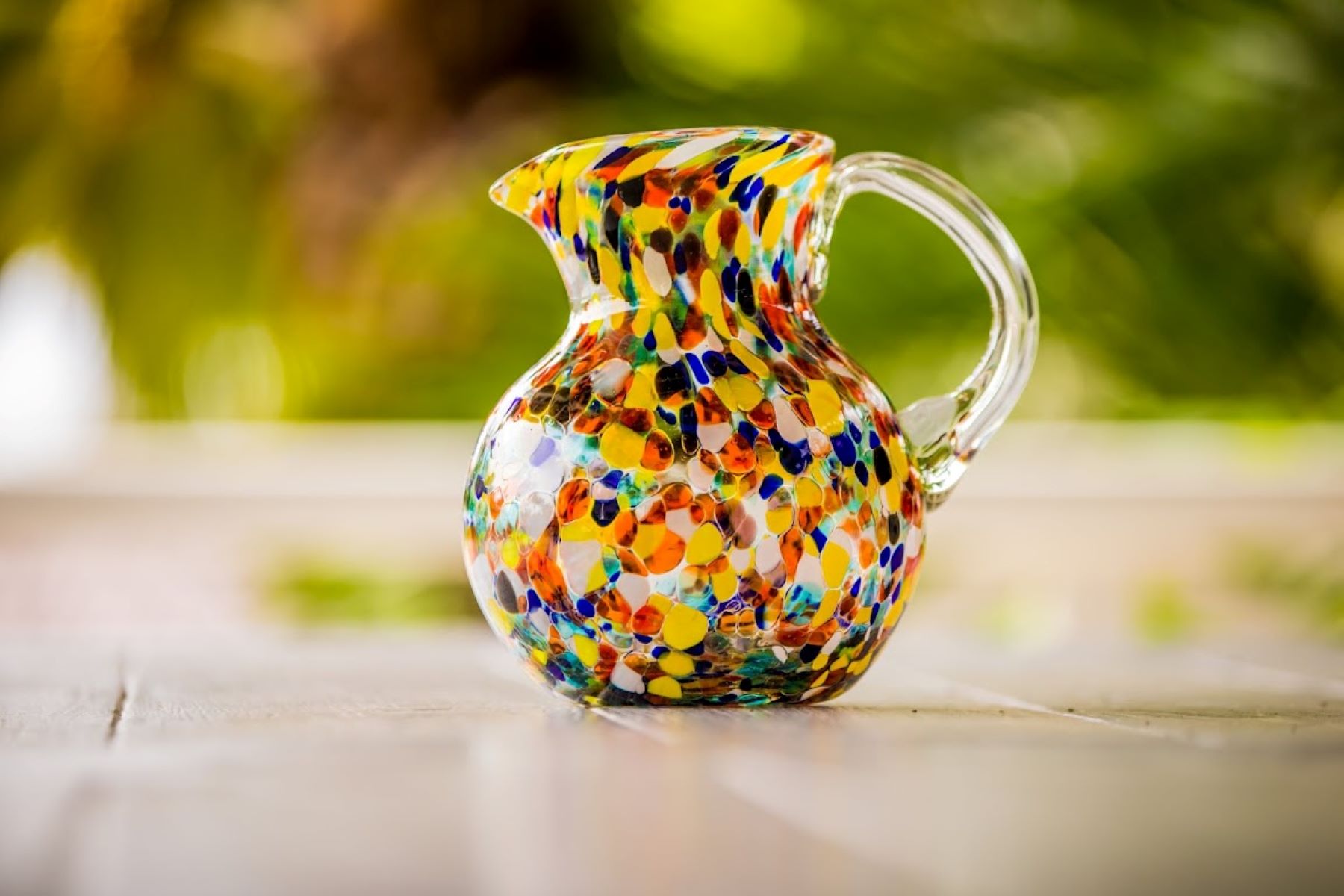
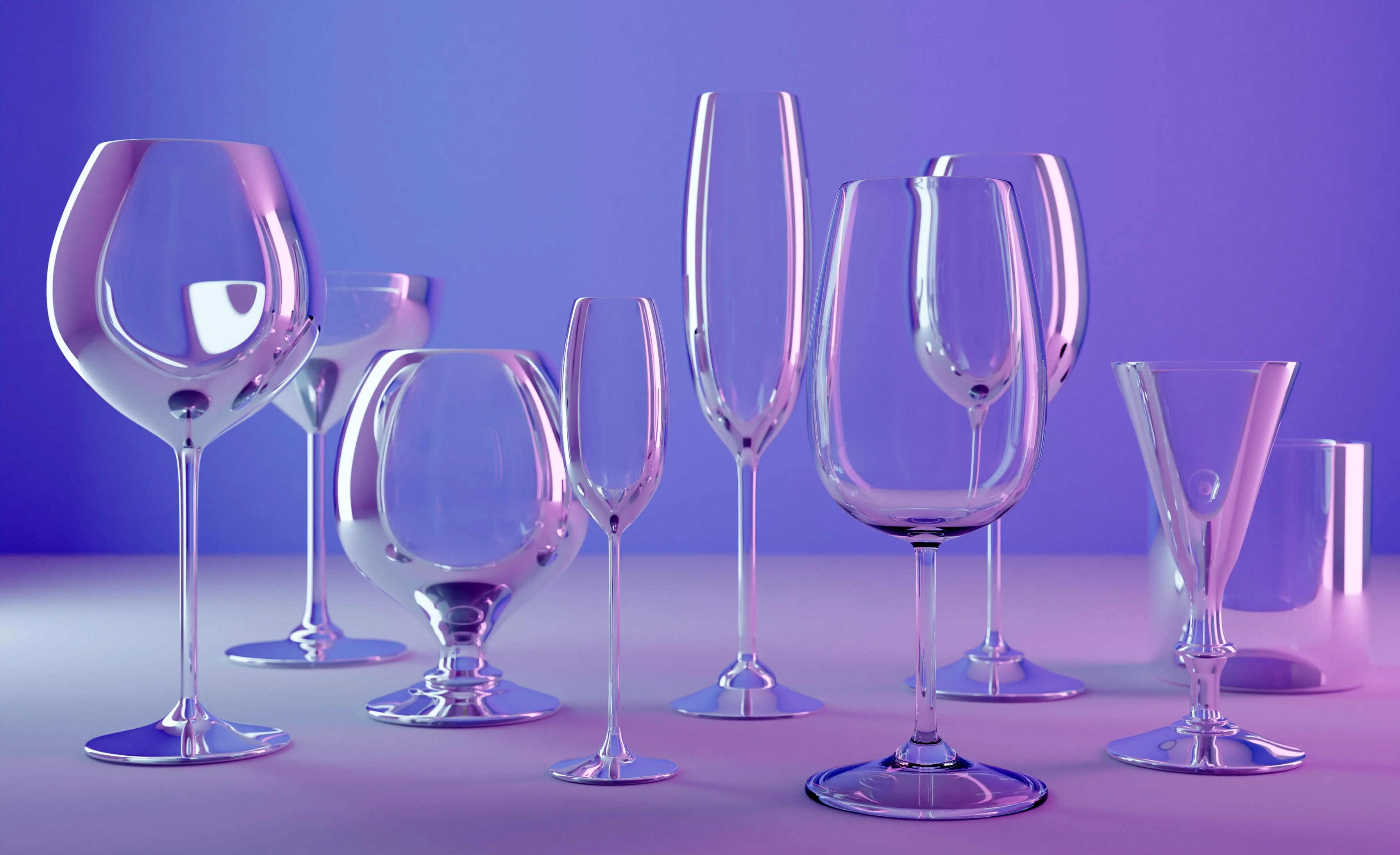


0 thoughts on “How To Tell If Glass Is Antique”